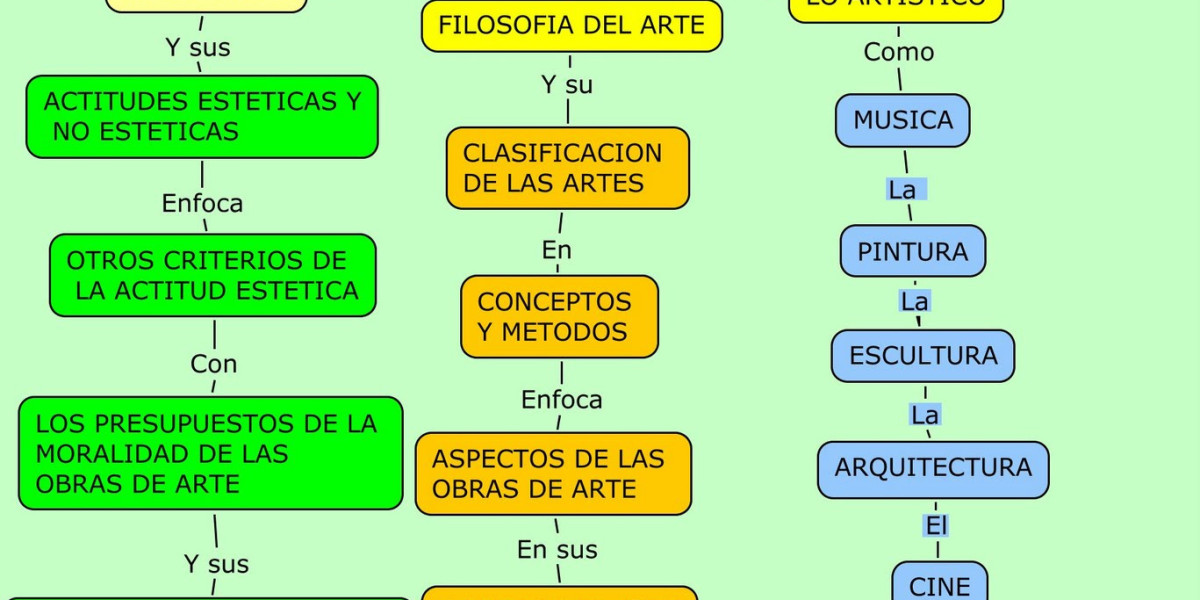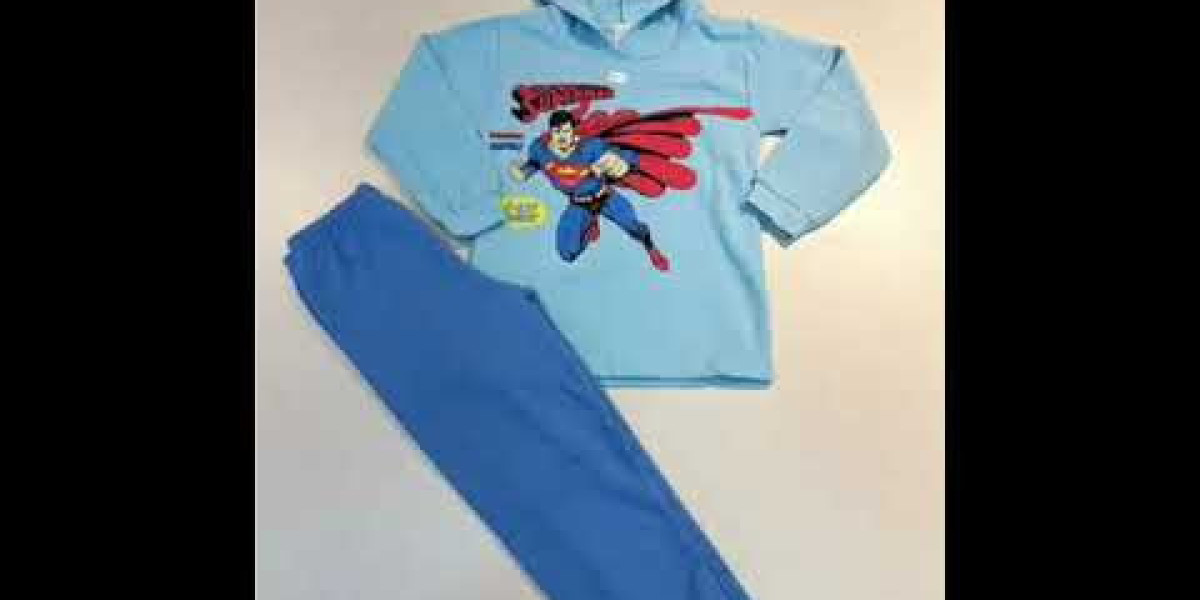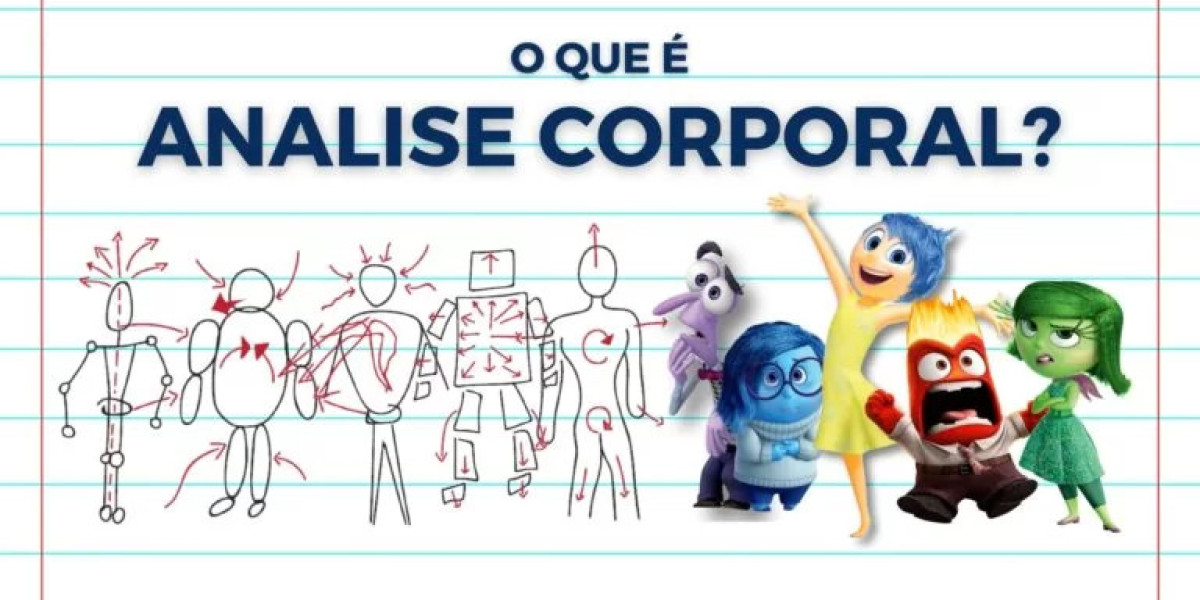Cleckley mentioned that the psychopaths he came into contact with showed a "general poverty in major affective reactions" and a "lack of regret or disgrace." The PCL describes psychopaths as "emotionally shallow" and exhibiting a scarcity of guilt. When regular persons are put into an experimental situation where they anticipate that something painful will occur, such as a mild electric shock or a mildly aversive pressure applied to a limb, a brain network prompts. Normal people will also present a transparent pores and skin conductance response produced by sweat gland activity. In psychopathic topics, nevertheless, this mind community showed no exercise, and no skin conductance responses have been emitted (Birbaumer et al., 2012). The feedback delivered by this instrument relies on the work of Ph.D.s and is designed to ship a transparent clinical picture of the respondent’s current signs indicating psychopathic persona as measured in accordance with standardized items. However, not all children with conduct dysfunction develop antisocial persona disorder. The traditional adage is that if you need to ask whether or not you’re a narcissist, you are not.
How to Recognize Traits of Psychopathy: 5 Ways
At any moment, someone’s aggravating behavior or our own bad luck can set us off on an emotional spiral that threatens to derail our complete day. Here’s how we are ready to face our triggers with less reactivity in order that we are able to get on with our lives. By Amy Morin, LCSWAmy Morin, LCSW, is a psychotherapist and worldwide bestselling writer. Her books, together with "thirteen Things Mentally Strong People Don't Do," have been translated into more than forty languages.
Screening Test
No standardized screening test for delinquent personality dysfunction is publicly available. However, this screening tool inquires about recognized signs of delinquent persona disorder. The resulting score can be used to estimate whether an adult is at risk for antisocial character dysfunction. The PCL-R is a 20-item score scale utilized by mental well being professionals to diagnose psychopathic felony offenders. Although psychopathy just isn't a medical analysis, it shares many traits with antisocial character dysfunction (ASPD). People with ASPD are typically known as sociopaths, and some researchers use the terms "sociopath" and "psychopath" interchangeably.
Revocation of Conditional Release
For instance, they could need to spend a partner’s revenue or share their debt with someone else. But their conduct often results in frequent divorces as a psychopath's partner will ultimately see them in a extra accurate light. They don’t spend time serious about the potential risks and benefits of their choices. So, they might stop a job, end a relationship, transfer to a new city, or purchase a model new automobile on a whim.
The ICU (Inventory of Callous Unemotional Traits), developed by Paul Frick and colleagues, can reliably assess these traits in kids and adolescents between the ages of 6 and 17. Oppositional defiant dysfunction is a diagnosis that reflects persistent irritability, argumentativeness, defiance, and vindictiveness. This diagnosis is included within the Diagnostic and Statistical Manual (DSM-5) that psychologists and psychiatrists use. No standardized screening test for oppositional defiant disorder is publicly obtainable. However, this screening device inquires about recognized signs of oppositional defiant dysfunction. The ensuing score can be utilized to estimate whether or not a baby is in danger for this dysfunction. Only a educated medical professional, like a doctor or psychological health professional, may help you establish the next finest steps for you.
Understanding characters is a vital studying comprehension skill that many students find challenging. Then we brainstorm a list of character traits on a separate anchor chart as a category. In this post, I aim to offer some assets concerning the definition, share examples of character traits, and how one can help readers use textual content proof to analyze individuals in literature. Additionally, I will provide some helpful printable supplies to assist in conducting these lessons in your classroom. Understanding character traits enriches our studying and teaches us about humanity. As we information our college students by way of the world of younger grownup novels, let’s encourage them to look beyond the plot and dive into the essence of the characters.
Invite other teachers and staff into your discussions
Indirect characterization is when the writer offers us clues all through the story so that we are in a position to draw conclusions concerning the character. The writer gives clues in regards to the characters by way of their actions, ideas, dialogue, and interactions with other characters. If college students bear in mind four issues whereas they read—what characters think, funsilo.date do, say, and feel—they’ll find it easier to tease out the traits of every one. For instance, conceitedness displays a person who's self-centered or egotistical.
Educational Tools
Students must be taught to use the textual content evidence to discover out both the change and why it occurred. Sentence stems can maintain students accountable for pondering by way of their ideas and expressing them clearly. But if you’re hoping to have a completely constructed character (and who isn’t?), it’s crucial to know the variations between character traits vs. different literary units and strategies. On sticky notes, have students write down words or phrases to describe the characters in the guide. Create an anchor chart and have students resolve whether their description is a trait or an emotion. One of the strategies I use to assist kids identify character traits is to teach them to make use of the acronym F.A.S.T., which stands for Feelings, Actions, Sayings, and Thoughts. If children are capable of determine this stuff about the character, likelihood is, they’ll "get" what the character traits are.






